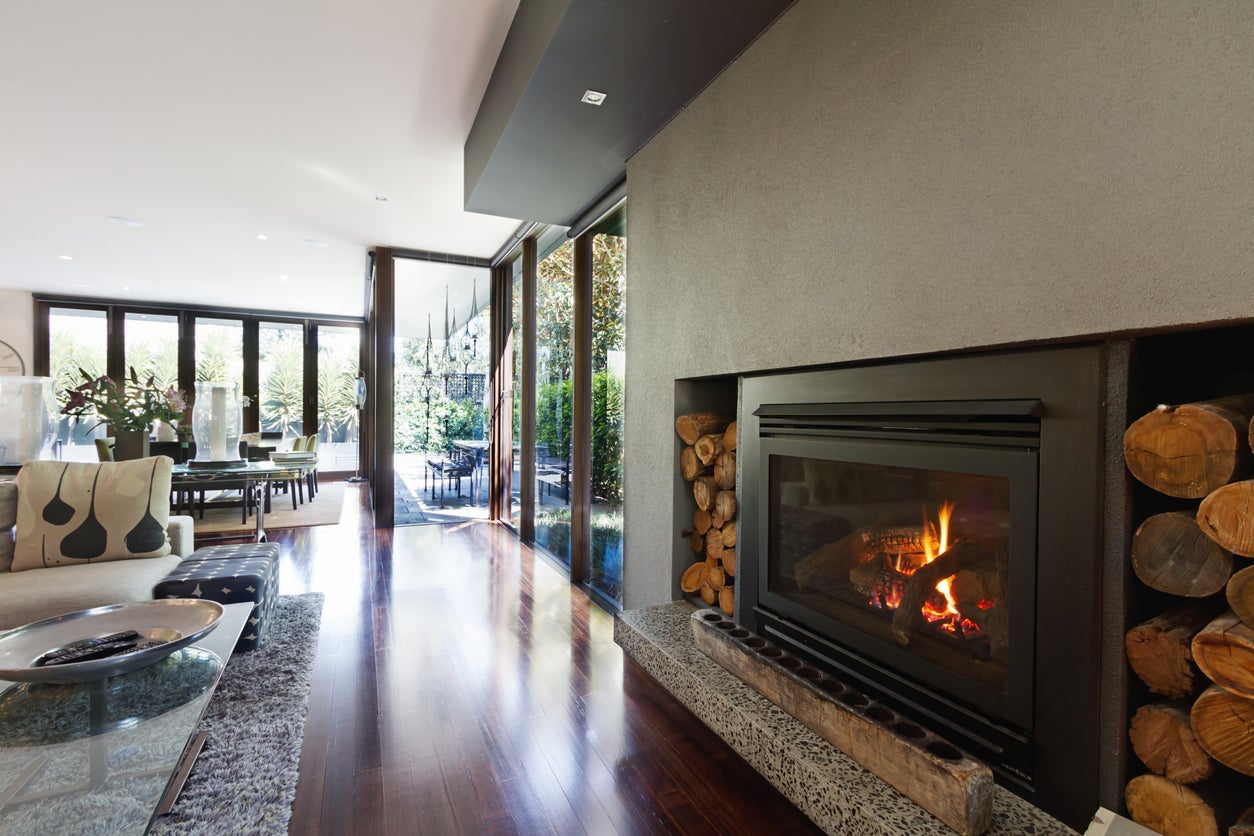

Articles
How To Use Gas Fireplace
Modified: February 29, 2024
Learn how to use a gas fireplace effectively with our informative articles. Discover tips and tricks for a warm and cozy ambiance in your home.
(Many of the links in this article redirect to a specific reviewed product. Your purchase of these products through affiliate links helps to generate commission for Storables.com, at no extra cost. Learn more)
Introduction
A gas fireplace is a popular and convenient way to add warmth and ambiance to your home. Whether you are looking to cozy up on a cold winter night or simply want to enhance the aesthetic appeal of your living space, a gas fireplace can provide the perfect solution. In this article, we will guide you through the steps on how to use a gas fireplace safely and effectively.
Before we dive into the details, it’s essential to note that safety should always be your top priority when dealing with any type of fuel-burning appliance. Gas fireplaces, like any other heating devices, require proper handling and maintenance to prevent accidents and ensure optimal performance.
In the following sections, we will discuss essential safety precautions, preparation steps, and guidance on starting and operating a gas fireplace. Additionally, we will cover maintenance tips and troubleshooting common issues that you may encounter along the way.
By following these guidelines, you can confidently enjoy the warmth and beauty of your gas fireplace while maintaining a safe and secure living environment.
Key Takeaways:
- Enjoy the warmth and ambiance of your gas fireplace by following safety precautions, conducting regular inspections, and troubleshooting common issues for a safe and cozy home environment.
- Keep your gas fireplace in optimal condition with regular cleaning, proper ventilation, and understanding the controls. Prioritize safety, maintenance, and care for a comforting and inviting atmosphere.
Read more: How Much Gas Does Fireplace Use
Safety Precautions
When it comes to using a gas fireplace, safety should be your utmost concern. Here are some essential precautions to keep in mind:
- Inspect the Gas Fireplace: Before each use, carefully inspect your gas fireplace for any signs of damage or wear. Look for cracks, loose connections, or leaks. If you notice any issues, contact a professional technician to assess and repair the fireplace.
- Familiarize Yourself with the Controls: Take the time to read the manufacturer’s instructions and become familiar with the controls and functions of your specific gas fireplace model. This will help you operate it safely and efficiently.
- Clear the Surrounding Area: Ensure that the area around the gas fireplace is clear of any flammable materials such as furniture, curtains, or paper. Keep a safe distance to prevent accidental contact and reduce the risk of fire.
- Ensure Proper Ventilation: Gas fireplaces generate heat and produce combustion byproducts such as carbon monoxide. It is crucial to have proper ventilation in the room to allow for fresh air circulation. Keep windows slightly open or install a carbon monoxide detector for added safety.
- Check for Gas Leaks: Before starting the fireplace, perform a simple test to check for gas leaks. Mix a small amount of water and dish soap and apply it to the gas connections. If you see bubbles forming, there may be a leak. In such cases, turn off the gas supply and call a professional for assistance.
By adhering to these safety precautions, you can ensure a secure and worry-free experience when using your gas fireplace.
Inspect the Gas Fireplace
Before using your gas fireplace, it is crucial to conduct a thorough inspection to ensure its proper functioning and safety. Here’s what you need to do:
Start by visually inspecting the exterior of the fireplace. Look for any visible signs of damage, such as cracks, dents, or loose parts. Check the glass doors or panels for cracks or chips. If you notice any issues, it is essential to have them repaired by a qualified technician before using the fireplace.
Next, examine the gas connections. Inspect the gas valve, gas line, and any fittings for leaks or loose connections. If you detect the smell of gas or hear a hissing sound, there may be a gas leak. In such cases, do not attempt to use the fireplace, and immediately turn off the gas supply. Contact a professional technician to address the issue.
The pilot light is another critical component to inspect. Ensure that it ignites properly and remains lit. A weak or flickering pilot light could indicate a problem with the ignition system or thermocouple. It is best to have these issues addressed by a trained technician.
Lastly, check the chimney and flue system. Look for any blockages or obstructions that may interfere with proper ventilation. Clean out any debris or creosote buildup to prevent the risk of chimney fires.
Regular inspection of your gas fireplace will help identify any potential issues and ensure its safe and efficient operation. If you’re unsure or uncomfortable performing these inspections yourself, it is always recommended to seek professional assistance.
Familiarize Yourself with the Controls
Before you start using your gas fireplace, take the time to become familiar with the controls and functions of your specific model. Understanding how to operate the controls correctly will help you enjoy a safe and comfortable experience. Here are some key aspects to consider:
First, locate the main control panel or switch for your gas fireplace. This is typically found on the side or bottom of the unit. Familiarize yourself with how to turn the fireplace on and off using this control.
Next, identify the different settings and options available on your gas fireplace. Many models offer adjustable flame heights and heat output levels. Take note of how to adjust these settings according to your preferences. Some fireplaces may also have additional features such as built-in timers or remote control options.
If your fireplace has a thermostat, learn how to set and adjust the temperature. This allows you to maintain a comfortable level of warmth without constantly adjusting the controls manually.
One important control to understand is the damper. The damper helps control the flow of air and maintains proper ventilation. Learn how to open and close the damper as needed to ensure the safe operation of your gas fireplace.
Lastly, familiarize yourself with any safety features that are built into your gas fireplace. This could include features like an automatic shut-off valve that activates in the event of a malfunction or excessive heat. Knowing how these safety mechanisms work can provide you with peace of mind when using your gas fireplace.
By taking the time to understand the controls and features of your gas fireplace, you can use it with confidence and make the most out of its functionalities.
Clear the Surrounding Area
Ensuring a safe environment around your gas fireplace is essential for the prevention of accidents and the maintenance of optimal functionality. Here are some steps to take to clear the surrounding area:
First and foremost, remove any flammable items from the vicinity of the fireplace. This includes furniture, curtains, rugs, and any other combustible materials. Keeping a clear space around the fireplace reduces the risk of accidental fires and allows for proper airflow.
Take care to maintain a safe distance between the fireplace and other objects. Most manufacturers recommend leaving a minimum clear space of at least three feet. This helps prevent heat from the fireplace reaching nearby objects and potentially causing damage or ignition.
In addition to keeping the immediate area clear, ensure that there is sufficient space for safe passage and access to the fireplace controls. This will enable you to adjust the settings and handle any maintenance tasks without obstruction.
Consider placing a non-combustible hearth pad or protective barrier in front of the fireplace. This adds an additional layer of safety, particularly if you have young children or pets in the home.
It is worth noting that gas fireplaces generate heat, and the surrounding area may become hot during operation. Exercise caution and ensure that children and pets are supervised and kept away from the fireplace to avoid accidental burns.
By keeping the surrounding area clear and free from flammable objects, you can enjoy the warmth and ambiance of your gas fireplace without worrying about potential safety hazards.
Ensure Proper Ventilation
Proper ventilation is crucial when using a gas fireplace to ensure the safe combustion of fuel and the removal of potentially harmful byproducts, such as carbon monoxide. Here are some steps to ensure proper ventilation:
Firstly, ensure that your gas fireplace is installed in a room with adequate ventilation. The room should have openings that allow for the free flow of fresh air, such as windows or vents. This helps prevent the build-up of carbon monoxide and ensures the efficient operation of the fireplace.
If your gas fireplace is vented, make sure that the venting system is properly installed and maintained. Regularly inspect the chimney or vent pipe for any blockages, such as debris or bird nests. Clear any obstructions to ensure the safe and effective removal of combustion gases.
In the case of unvented gas fireplaces, these models rely on oxygen from within the room for combustion. It is essential to open a window slightly to allow fresh air to enter and replace the oxygen used by the fireplace. This also helps maintain a healthy level of oxygen in the room and minimizes the risk of oxygen depletion.
It is recommended to install a carbon monoxide detector near the gas fireplace. This will alert you if there is a build-up of carbon monoxide, which can be potentially harmful if undetected.
Regularly check and clean the air intake and exhaust vents of your gas fireplace. Dust and debris can accumulate over time, obstructing the proper airflow and ventilation. Follow the manufacturer’s instructions on how to clean these vents to ensure the safety and efficiency of your fireplace.
By ensuring proper ventilation, you can enjoy the warmth and comfort of your gas fireplace with peace of mind, knowing that the combustion gases are safely removed from your living space.
Check for Gas Leaks
Before using your gas fireplace, it’s crucial to check for any potential gas leaks. Detecting and addressing gas leaks promptly is essential for your safety. Here’s how to check for gas leaks:
Firstly, ensure that the gas supply valve to the fireplace is closed. This valve is typically located near the fireplace or in the gas line leading to it.
Mix a solution of water and liquid dish soap in a spray bottle or bowl. Make sure the solution is well-mixed.
Gently spray or brush the soapy solution onto the gas connections, including the gas valve, gas line, and fittings. Pay careful attention to where the connections are made, as this is where leaks are most likely to occur.
Observe the connections for any signs of bubbling or foaming. If you see bubbles forming, it indicates a gas leak. The soapy solution helps to create visible bubbles when there is a gas leak present.
If you detect a gas leak, it is crucial not to use the fireplace. Shut off the gas supply immediately by closing the gas valve. Open windows and doors to allow for ventilation and contact a professional technician to inspect and repair the gas fireplace.
It’s important to note that if you smell the distinct odor of natural gas, it may also indicate a gas leak. Natural gas is usually odorless, but a sulfur-like additive called mercaptan is added to give it a warning scent. If you smell gas, leave your home immediately, avoid using any electrical devices or open flames, and call your gas provider’s emergency hotline.
By regularly checking for gas leaks and taking immediate action if any are detected, you can ensure the safety of your gas fireplace and protect yourself and your home from potential hazards.
Preparation
Before you start using your gas fireplace, it’s important to take certain preparatory steps to ensure a smooth and hassle-free experience. Here’s what you need to do:
- Gather Required Materials: Make sure you have all the necessary materials on hand before starting. This may include fireplace tools, a lighter or matches, a soft cloth for cleaning, and any specific maintenance items recommended by the manufacturer.
- Clean the Fireplace: Before using the gas fireplace, it’s a good idea to clean both the interior and exterior surfaces. Dust and debris can accumulate over time, impacting the performance and aesthetic appeal of the fireplace. Use a soft cloth or brush to remove any dirt or ashes from the fireplace’s surfaces. Avoid using water or harsh cleaning agents, as they can damage the fireplace.
- Check Gas Supply: Ensure that the gas supply to the fireplace is turned on. Locate the gas shut-off valve and make sure it’s in the open position. If you’re unsure about the gas supply or suspect any issues, consult a professional technician to inspect and ensure proper gas flow to the fireplace.
By taking these preparation steps, you can ensure that your gas fireplace is clean, functional, and ready for use. This helps optimize the performance and longevity of the fireplace while ensuring a pleasant and enjoyable experience.
Gather Required Materials
Before starting your gas fireplace, it’s essential to gather all the necessary materials to ensure a seamless and enjoyable experience. Here are the materials you’ll need:
- Fireplace Tools: It’s important to have the right tools on hand to safely handle the fireplace. This typically includes a poker, tongs, a brush, and a shovel. These tools will allow you to control the fire and clean the fireplace as needed.
- Lighter or Matches: You’ll need a reliable source of ignition to light the gas fireplace. Make sure you have a long-reach lighter or safety matches that are specifically designed for fireplace use. Avoid using household lighters or matches, as they may not be suitable for this purpose.
- Soft Cloth: A soft cloth is handy for wiping down the exterior surfaces of the fireplace. This will help remove any dust or debris that may have accumulated, keeping your fireplace looking clean and well-maintained.
- Cleaning Supplies: Depending on the type of fireplace you have, you may need specific cleaning supplies. Consult the manufacturer’s instructions for recommended cleaning agents or products. It’s important to use suitable cleaners to avoid damaging the fireplace’s surfaces.
- Maintenance Items: Check the manufacturer’s recommendations for any specific maintenance items required for your gas fireplace. This could include items such as replacement parts, lubricants, or sealants. Having these items on hand will allow you to perform routine maintenance tasks and keep your fireplace in optimal condition.
Gathering all the necessary materials beforehand will save you time and ensure that you have everything you need to use and maintain your gas fireplace effectively. It’s always a good idea to check the owner’s manual or consult the manufacturer for any additional materials or tools recommended for your specific fireplace model.
Read more: How Many BTUs Does A Gas Fireplace Use
Clean the Fireplace
Keeping your gas fireplace clean is not only important for its aesthetic appeal but also for its performance and longevity. Regular cleaning and maintenance will ensure that your fireplace functions optimally and remains in excellent condition. Here’s how to clean your gas fireplace:
Start by turning off the gas supply to the fireplace. Safety should always be a priority when cleaning any heating appliance.
Use a soft cloth or brush to gently remove any dust or debris from the exterior surfaces of the fireplace. Pay attention to the vent openings, as they can accumulate dust over time. Be careful not to scratch or damage the finish of the fireplace.
If your gas fireplace has glass doors or panels, these should be cleaned regularly to remove dirt and fingerprints. Use a non-abrasive glass cleaner or a mild soap diluted with water. Avoid using harsh chemicals or abrasive materials that could scratch or damage the glass.
For the interior of the fireplace, remove any logs or decorative elements before cleaning. Use a soft brush or vacuum cleaner to remove loose debris and ashes from the firebox and burner. Be cautious not to disturb the burner assembly or any gas connections.
It’s important to note that some gas fireplaces have removable burner assemblies or logs that can be cleaned separately. Refer to the manufacturer’s instructions for guidance on cleaning these components. Avoid using water or liquid cleaners on the burner assembly or gas logs, as this can cause damage.
Once you’ve completed the cleaning process, carefully replace any logs or decorative elements that were removed earlier. Ensure that they are positioned correctly according to the manufacturer’s instructions.
Regular cleaning of your gas fireplace will help maintain its appearance and performance. It’s advisable to clean the fireplace at least once or twice a year, or more frequently if you notice excessive dust or residue buildup.
By following these cleaning steps, you can enjoy a clean and well-maintained gas fireplace that adds warmth, beauty, and comfort to your home.
Check Gas Supply
Before starting your gas fireplace, it’s crucial to ensure that the gas supply is properly connected and functioning. Checking the gas supply is an essential step to ensure the safe and efficient operation of your fireplace. Here’s how to check the gas supply:
Start by locating the gas valve that controls the supply of gas to the fireplace. The gas valve is typically located near the fireplace or in the gas line leading to it. Ensure that the valve is in the “on” position.
Inspect the gas line leading to the fireplace. Look for any visible signs of damage, such as cracks or corrosion. If you notice any damage, it’s important to contact a professional technician to assess and repair the gas line before using the fireplace.
Next, check for any obstructions in the gas line. Remove any debris, dirt, or blockages that may impede the flow of gas. It’s crucial for the gas to flow freely to ensure the proper operation of the fireplace.
If your gas fireplace has a pilot light, make sure it is properly lit. If the pilot light is not lit, follow the manufacturer’s instructions on how to safely relight it. If you’re unsure or uncomfortable doing this yourself, it’s recommended to seek the assistance of a professional technician.
Finally, if you have recently had any work done on your gas line or gas meter, ensure that the gas supply has been properly restored and that there are no issues with the gas flow to your fireplace.
Regularly checking the gas supply ensures that your gas fireplace operates safely and efficiently. If you suspect any issues or smell gas in or around your home, immediately turn off the gas supply and contact a professional technician for assistance.
By performing these checks, you can enjoy the comforting warmth of your gas fireplace with peace of mind, knowing that the gas supply is properly connected and functioning.
Starting the Gas Fireplace
Once you have completed the necessary preparations and ensured the safety of your gas fireplace, it’s time to start enjoying its warmth and beauty. Here are the steps to follow when starting your gas fireplace:
- Ignition Methods: Gas fireplaces can have two common ignition methods – electronic ignition and manual ignition. You will need to determine which type your fireplace has to proceed with the appropriate starting method.
- Electronic Ignition: If your gas fireplace has electronic ignition, locate the ignition switch or button. Press or turn the switch to the “On” or “Ignite” position. The electronic ignition system will automatically light the gas and ignite the flames. Refer to the manufacturer’s instructions for any specific steps or considerations for your particular fireplace model.
- Manual Ignition: If your gas fireplace has manual ignition, ensure that the gas supply valve is open. Next, locate the pilot light assembly. There may be a control knob that needs to be turned to the “Pilot” position. Once in the “Pilot” position, press and hold the control knob while simultaneously igniting the pilot light with a long-reach lighter or safety match. Keep holding the control knob for about 30 seconds to allow the thermocouple to heat up. Release the control knob and ensure that the pilot light remains lit. If the pilot light does not stay lit, repeat the process and consult the manufacturer’s instructions for troubleshooting.
- Lighting the Main Burner: Once the pilot light is lit and stable, you can proceed to light the main burner. Turn the control knob or switch to the “On” position, which will release gas to the main burner assembly. The gas should ignite, and the flames should appear. Adjust the flame height and intensity using the fireplace controls, following the manufacturer’s instructions.
- Operating the Fireplace Controls: Familiarize yourself with the fireplace controls, including temperature settings, flame height controls, and any additional features specific to your model. Adjust the controls to achieve the desired level of warmth and ambiance. Be cautious not to set the flames too high and to follow any safety guidelines provided by the manufacturer.
It’s important to note that the start-up procedure may vary depending on the specific make and model of your gas fireplace. Always consult the manufacturer’s instructions for your particular fireplace to ensure proper operation and safety.
Once you have successfully started your gas fireplace, sit back, relax, and enjoy the cozy atmosphere it provides. Remember to follow the recommended maintenance and care guidelines to keep your gas fireplace in excellent condition for years to come.
Ignition Methods
Gas fireplaces can have different ignition methods, and understanding the specific ignition method of your fireplace is essential for safe and effective operation. Here are the two common ignition methods for gas fireplaces:
Read more: What Is A Gas Fireplace
1.1 Electronic Ignition
If your gas fireplace has electronic ignition, it utilizes an electronic control system to ignite the gas and start the flames. Here’s how to start a gas fireplace with electronic ignition:
- Locate the ignition switch or button, which is typically found on or near the fireplace. Consult the manufacturer’s instructions to determine the exact location of the ignition control.
- Before pressing or turning on the ignition, ensure that the gas supply to the fireplace is open. Verify that the main gas shut-off valve is in the open position.
- Press or turn the ignition switch or button to the “On” or “Ignite” position. This will trigger the electronic ignition system to spark and ignite the gas.
- Once the gas ignites, the flames should appear in the fireplace. Adjust the flame height and intensity using the fireplace controls according to your desired settings.
1.2 Manual Ignition
If your gas fireplace has manual ignition, it typically requires lighting the pilot light manually before the main burner can be ignited. Here’s how to start a gas fireplace with manual ignition:
- Ensure that the gas supply to the fireplace is open. Verify that the main gas shut-off valve is in the open position.
- Locate the pilot light assembly. This is usually found near the burners or inside the firebox. Consult the manufacturer’s instructions to identify the exact location.
- Turn the control knob or switch to the “Pilot” position. This allows gas to flow to the pilot light assembly.
- While holding the control knob in the “Pilot” position, use a long-reach lighter or safety match to ignite the pilot light flame. Continue holding the control knob for about 30 seconds to allow the thermocouple to heat up.
- Release the control knob and verify that the pilot light flame remains lit. If the flame goes out, repeat the process and consult the manufacturer’s instructions for troubleshooting.
- Once the pilot light is stable, turn the control knob or switch to the “On” position. This will release gas to the main burner assembly, and the gas fireplace should ignite.
- Adjust the flame height and intensity using the fireplace controls to achieve your desired level of warmth and ambiance.
It’s important to note that the specific steps and instructions may vary for different gas fireplace models. Always refer to the manufacturer’s instructions and follow the recommended procedures for your particular fireplace to ensure safe and correct operation.
1. Electronic Ignition
Electronic ignition is a popular and convenient ignition method used in many gas fireplaces. This method utilizes an electronic control system to spark and ignite the gas, providing an efficient and reliable way to start the fireplace. Here’s how to start a gas fireplace with electronic ignition:
- Locate the ignition switch or button, which is typically found on or near the fireplace. Consult the manufacturer’s instructions to determine the exact location of the ignition control.
- Before pressing or turning on the ignition, ensure that the gas supply to the fireplace is open. The main gas shut-off valve should be in the open position.
- Press or turn the ignition switch or button to the “On” or “Ignite” position. This will activate the electronic ignition system.
- The electronic ignition system will generate a spark to ignite the gas. It may take a few seconds for the spark to ignite the gas and for the flames to appear in the fireplace.
- Once the gas ignites, the flames should start to burn. Allow the flames to stabilize for a few moments.
- Adjust the flame height and intensity using the fireplace controls. Most gas fireplaces with electronic ignition have settings that allow you to control the flame height and heat output. Follow the manufacturer’s instructions for adjusting these settings.
- Enjoy the warmth and ambiance of your gas fireplace with the convenience of electronic ignition.
Electronic ignition provides a reliable and efficient way to start your gas fireplace, eliminating the need for manual ignition methods such as matches or lighters. It’s important to always follow the manufacturer’s instructions for your specific gas fireplace model to ensure proper operation and safety.
Make sure to have your gas fireplace inspected and serviced annually by a professional to ensure it is working safely and efficiently. This will help prevent any potential issues and keep your fireplace in good condition.
2. Manual Ignition
Manual ignition is another commonly used method for starting gas fireplaces. With manual ignition, you’ll need to light the pilot light manually before igniting the main burner. Here’s how to start a gas fireplace with manual ignition:
- Ensure that the gas supply to the fireplace is open. Verify that the main gas shut-off valve is in the open position.
- Locate the pilot light assembly, which is typically located near the burners or inside the firebox. Refer to the manufacturer’s instructions to identify its exact location.
- Turn the control knob or switch to the “Pilot” position. This allows gas to flow to the pilot light assembly.
- While holding the control knob in the “Pilot” position, use a long-reach lighter or safety match to ignite the pilot light flame. Position the flame near the pilot light assembly and carefully ignite the gas. Continue holding the control knob for about 30 seconds.
- Release the control knob and observe the pilot light flame. It should remain lit. If the flame goes out, repeat the process and hold the control knob for a longer period as specified in the manufacturer’s instructions.
- Once the pilot light is stable, turn the control knob or switch to the “On” position. This will release gas to the main burner assembly.
- With the gas flowing to the main burner, use a long-reach lighter or safety match to ignite the gas. Hold the ignition source near the burner ports, and the gas fireplace should ignite.
- Adjust the flame height and intensity using the fireplace controls to achieve your desired level of warmth and ambiance.
- Enjoy the cozy and inviting atmosphere created by your gas fireplace.
Manual ignition requires you to manually light the pilot light and main burner, ensuring a safe and controlled ignition process. Always refer to the manufacturer’s instructions for your specific gas fireplace model to ensure proper operation and safety when using the manual ignition method.
Read more: How To Fix A Gas Fireplace
Lighting the Pilot Light
Lighting the pilot light is an essential step in starting a gas fireplace with manual ignition. The pilot light acts as the ignition source for the main burner, creating a stable flame that allows for continuous operation. Here is a step-by-step guide on how to light the pilot light:
- Ensure that the gas supply to the fireplace is open. Verify that the main gas shut-off valve is in the open position.
- Locate the pilot light assembly, which is typically located near the burners or inside the firebox. Refer to the manufacturer’s instructions to identify its exact location.
- Before lighting the pilot light, let the gas flow through the lines for a few minutes to ensure any air pockets are cleared.
- Turn the control knob or switch to the “Pilot” position. This allows gas to flow to the pilot light assembly.
- Press and hold down the control knob or switch. This allows gas to flow to the pilot light.
- While holding the control knob down, use a long-reach lighter or safety match to ignite the pilot light flame. Position the flame near the pilot light assembly and carefully ignite the gas. Continue holding the control knob for about 30 seconds or as specified in the manufacturer’s instructions.
- Release the control knob slowly. The pilot light flame should remain lit. If it goes out, repeat the process and hold the control knob for a longer period.
- Visually inspect the pilot light flame to ensure it is stable and steady. It should be a strong blue flame with a small yellow tip.
- If the pilot light remains lit, you can now proceed to light the main burner. Turn the control knob or switch to the “On” position, which will release gas to the main burner assembly.
- With the gas flowing to the main burner, use a long-reach lighter or safety match to ignite the gas. Hold the ignition source near the burner ports, and the gas fireplace should ignite.
Lighting the pilot light properly is important for safe and efficient operation of your gas fireplace. Always consult the manufacturer’s instructions specific to your gas fireplace model for accurate guidance and follow any safety precautions provided.
Operating the Fireplace Controls
Operating the fireplace controls allows you to customize the flame height, heat output, and other settings according to your preferences. Familiarizing yourself with the controls will enable you to create the desired ambiance and maintain a comfortable environment. Here’s how to operate the fireplace controls:
- Temperature Settings: Many gas fireplaces come with adjustable temperature controls. These controls allow you to set the desired room temperature. Typically, they consist of a dial or buttons that let you increase or decrease the heat output. Adjust the temperature settings based on your comfort level and the heating requirements of the room.
- Flame Height Control: Some gas fireplaces provide the option to adjust the flame height. This control allows you to make the flames appear higher or lower, depending on your preference. Adjust the flame height to create the desired ambiance and visual effect. Follow the manufacturer’s instructions on how to adjust the flame height safely.
- Remote Control: If your gas fireplace includes a remote control feature, familiarize yourself with its functions. The remote control allows you to operate the fireplace from a distance, making it more convenient to adjust settings without having to approach the fireplace directly. Understand how to turn the fireplace on or off and adjust the temperature or flame height using the remote control.
- Timer Function: Some gas fireplaces offer a timer function, which allows you to set a specific duration for the fireplace to operate. This feature is useful for energy conservation or if you want the fireplace to turn off automatically after a certain period.
- Safety Features: Familiarize yourself with any safety features built into your gas fireplace. These may include an automatic shut-off valve that activates in case of a malfunction or overheating. Understand how these safety mechanisms work and under what conditions they will engage.
- Follow Manufacturer’s Instructions: Always refer to the manufacturer’s instructions specific to your gas fireplace model for accurate guidance on operating the controls. The instructions will provide detailed information on the specific functions and features of your fireplace.
By understanding and properly utilizing the fireplace controls, you can create a comfortable and personalized heating experience. Take the time to explore the various settings and features available with your gas fireplace to make the most out of its functionality.
Maintenance and Care
Maintaining and caring for your gas fireplace is essential for its longevity, performance, and safety. Regular maintenance ensures that the fireplace operates efficiently and reduces the risk of malfunctions. Here are some maintenance and care tips to keep your gas fireplace in optimal condition:
- Cleaning the Fireplace: Regular cleaning is important to remove dust, debris, and any residue that may accumulate on the fireplace surfaces. Use a soft cloth or brush to gently wipe down the exterior of the fireplace. For the interior, remove any logs or decorative elements and use a soft brush or vacuum cleaner to clean the firebox and burner. Avoid using water or harsh cleaning agents, as they can damage the fireplace.
- Inspecting for Damage: Conduct regular visual inspections of your gas fireplace to check for any signs of damage, such as cracks, loose connections, or corrosion. Pay special attention to the glass doors or panels, ensuring they are intact and free from cracks. If you detect any damage, contact a professional technician to assess and repair the fireplace.
- Checking Ventilation: Ensure that the vents and chimney remain clear of any blockages or obstructions. Regularly inspect and clean the vents, removing any debris or creosote buildup that may impede proper airflow. This will help maintain efficient combustion and prevent issues such as poor ventilation or chimney fires.
- Regular Inspections: Schedule professional inspections of your gas fireplace at least once a year. A trained technician can inspect the gas connections, burner, ignition system, and other components to ensure they are in good condition and functioning properly. They can also perform any necessary maintenance, cleaning, or repairs to keep your fireplace in top shape.
- Replacing Batteries: If your gas fireplace includes battery-operated components, such as a remote control or ignition system, check and replace the batteries as needed. This will ensure uninterrupted operation and reliable performance.
- Follow Operating Instructions: Always follow the manufacturer’s instructions for operating your gas fireplace. Avoid using the fireplace in ways that are not recommended, such as burning materials other than those specified. Adhering to the guidelines will help prevent unnecessary wear and tear and maintain the fireplace’s safety and efficiency.
By following these maintenance and care tips, you can enjoy a well-maintained and efficient gas fireplace. Additionally, remember to consult the manufacturer’s instructions specific to your fireplace model for any additional maintenance requirements or recommendations.
Cleaning the Fireplace
Regularly cleaning your gas fireplace is essential to maintain its performance, visual appeal, and safety. Cleaning helps remove dust, debris, and residues that can accumulate over time. Here’s how to clean your gas fireplace:
Read more: How To Vent A Gas Fireplace
1.1. Exterior Cleaning
Start by making sure the gas supply to the fireplace is turned off. This ensures your safety while cleaning.
Using a soft cloth or brush, gently wipe down the exterior surfaces of the fireplace. Pay attention to areas like the mantel, trim, and surrounding materials. Remove any dust or dirt that has accumulated.
If there are glass doors or panels, clean them with a non-abrasive glass cleaner or a mild soap solution. Avoid using harsh chemicals or abrasive materials that could scratch the glass. Wipe the glass in a gentle, circular motion to remove any smudges or residue.
For metal or painted surfaces, use a mild detergent mixed with water to clean. Avoid scrubbing too harshly, as it may damage the finish. Once cleaned, wipe the surfaces with a clean, damp cloth to remove any soapy residue.
1.2. Interior Cleaning
Ensure that the gas supply is turned off and that the fireplace has cooled down before cleaning the interior.
If your gas fireplace has artificial logs, check the manufacturer’s instructions for specific cleaning guidelines. Some logs can be cleaned using a soft brush or cloth to remove any dust or residue. Others may require specialized cleaning products.
If there is any loose debris or ashes in the firebox, carefully remove them using a vacuum cleaner or a small brush and dustpan. Avoid using a regular household vacuum cleaner, as it is not designed to handle fine ash particles.
For stubborn dirt or residue on the firebox walls, use a soft brush or cloth dipped in a mixture of mild detergent and water. Gently scrub the walls to remove any build-up. Rinse the cloth and wipe the walls with clean water to remove any soap residue.
Do not attempt to clean the gas logs or burner assembly, as they require specialized cleaning by a trained professional. If you notice any issues with the logs or burner, contact a qualified technician for assistance.
After cleaning, allow the fireplace to dry completely before relighting it.
Regular cleaning of your gas fireplace will help maintain its appearance and functionality. Refer to the manufacturer’s instructions for specific cleaning recommendations and avoid using any cleaners or methods not approved by the manufacturer.
1. Exterior Cleaning
Keeping the exterior of your gas fireplace clean not only enhances its visual appeal but also ensures its longevity and performance. Regular cleaning helps remove dust, dirt, and grime that can accumulate over time. Here’s how to clean the exterior of your gas fireplace:
- Ensure that the gas supply to the fireplace is turned off. This is crucial for your safety while cleaning.
- Start by using a soft cloth or brush to dust off the exterior surfaces of the fireplace. Gently wipe away any loose dirt or debris, paying attention to areas like the mantel, trim, and any decorative elements.
- If the fireplace has glass doors or panels, these will need specific attention. Mix a non-abrasive glass cleaner or mild soap with water in a spray bottle or bucket. Apply the solution to the glass surfaces and use a soft cloth or sponge to gently scrub away any smudges, fingerprints, or residue. Wipe the glass clean with a damp cloth or sponge to remove any cleaning solution.
- For metal or painted surfaces, use a mild detergent mixed with water to create a cleaning solution. Dip a soft cloth or sponge into the solution and gently scrub the surfaces. Avoid using abrasive materials or harsh chemicals that may damage the finish. Rinse the cloth or sponge frequently and continue cleaning until all dirt and grime are removed. Finally, wipe the surfaces with a clean, damp cloth to remove any soap residue.
- Pay attention to any intricate details or crevices where dirt may accumulate. Use a soft brush or toothbrush to reach those areas and remove any embedded dirt. Be gentle to avoid scratching or damaging the surfaces.
- If you notice stubborn stains or tough-to-remove dirt, consult the manufacturer’s instructions or contact a professional for advice on suitable cleaning methods or products specific to your fireplace.
- Once the cleaning is complete, allow the fireplace to dry thoroughly before relighting it. Ensure that all surfaces and components are dry to prevent any damage or potential issues.
Regularly cleaning the exterior of your gas fireplace will help maintain its appearance and preserve its overall condition. Follow these steps and refer to the manufacturer’s instructions for any specific cleaning recommendations or precautions.
2. Interior Cleaning
Cleaning the interior of your gas fireplace is crucial for ensuring its optimal performance and preventing build-up of dirt or debris. Regular maintenance and cleaning will help keep the fireplace functioning efficiently. Here’s how to clean the interior of your gas fireplace:
- Ensure that the gas supply to the fireplace is turned off and that the fireplace has completely cooled down before beginning the cleaning process.
- If your gas fireplace has artificial logs, check the manufacturer’s instructions for specific cleaning guidelines. Some logs may require only a gentle dusting or brushing to remove surface dust. Others may require more extensive cleaning methods.
- Using a hand brush or soft cloth, gently remove any loose debris, ashes, or residue from the firebox. Be careful not to disturb or damage the ignition system or gas lines.
- To clean the firebox walls, create a mild cleaning solution by mixing a few drops of mild detergent with warm water in a bucket or spray bottle.
- Dip a soft cloth or sponge into the cleaning solution and wring out any excess liquid. Gently scrub the firebox walls to remove any built-up dirt or residue. Pay attention to any stubborn spots or stains, giving them a little extra attention.
- Rinse the cloth or sponge frequently and continue cleaning until all dirt and cleaning solution residue are removed.
- Once the firebox walls are clean, use a clean cloth or sponge dampened with water to wipe away any remaining soap residue. Ensure that all surfaces are thoroughly rinsed.
- Allow the interior of the fireplace to air dry completely before relighting the gas fireplace. It is crucial to ensure that all surfaces are dry to prevent any potential damage.
- Dispose of any debris or ash collected during the cleaning process in a suitable container and properly dispose of it according to local regulations.
Regularly cleaning the interior of your gas fireplace will help maintain its efficiency and extend its lifespan. Refer to the manufacturer’s instructions or consult a professional if you have any specific concerns or questions regarding the cleaning process for your gas fireplace model.
Read more: How To Remove A Gas Fireplace
Regular Inspections
Regular inspections of your gas fireplace are essential for ensuring its continued performance, safety, and longevity. By conducting routine inspections, you can catch any potential issues early and address them promptly. Here’s why and how to perform regular inspections:
Why Inspect:
Regular inspections help identify any wear and tear, damage, or other issues that may affect the performance or safety of your gas fireplace. By catching these problems early, you can take appropriate action and prevent them from escalating into more significant and costly repairs.
During inspections, you should also check for any signs of gas leaks, such as a hissing sound, a distinctive smell (similar to rotten eggs), or any noticeable changes in the flame pattern or color. Gas leaks can be hazardous and should be addressed immediately by a professional technician.
How to Inspect:
Perform the following steps to conduct a thorough inspection of your gas fireplace:
- Ensure that the gas supply is turned off before beginning the inspection.
- Visually inspect the exterior of the fireplace, checking for any signs of damage, such as cracks, loose connections, or corrosion on the gas valve, gas line, or fittings.
- Check the glass doors or panels for any cracks, chips, or other damage. Damaged glass should be repaired or replaced by a professional technician.
- Inspect the pilot light. Make sure it ignites properly and remains lit when the fireplace is in use. A weak or flickering pilot light could indicate a problem with the ignition system or thermocouple, which may require professional attention.
- Examine the chimney or venting system if applicable. Look for any blockages, such as debris or bird nests, and clear them to ensure proper ventilation. Creosote buildup should be cleaned out to prevent chimney fires.
- Inspect the gas logs and burner assembly. Ensure that they are properly positioned and in good condition. If you notice any issues, such as worn-out logs or damaged burners, consult a professional technician for inspection and possible replacement.
- Consider scheduling an annual professional inspection. A qualified technician can perform a comprehensive assessment of your gas fireplace, including checking gas connections, testing safety features, and conducting a thorough cleaning and maintenance.
Regular inspections of your gas fireplace help ensure its safe and efficient operation. It is also important to follow the manufacturer’s guidelines and recommendations for inspection frequency and any specific maintenance tasks.
Troubleshooting Common Issues
While gas fireplaces are generally reliable and efficient, occasional issues may arise. Troubleshooting common problems can help you identify the cause of the issue and determine whether further action is needed. Here are some common issues you may encounter and how to troubleshoot them:
- No Ignition or Pilot Light Won’t Stay Lit: If you’re having trouble igniting the fireplace or the pilot light won’t stay lit, the thermocouple might be faulty. A thermocouple is a safety device that detects the presence of a pilot light by measuring the heat. Ensure that the pilot light is clean and the flame is touching the thermocouple properly. If the issue persists, contact a professional technician to inspect and potentially replace the thermocouple.
- Weak or Flickering Flame: A weak or flickering flame can indicate issues with gas pressure or airflow. Check the gas supply to ensure it is not obstructed or turned off. Clean the burner ports to remove any blockages. If the problem persists, contact a professional technician to assess and adjust the gas pressure as needed.
- No Heat Output: If the fireplace is not producing sufficient heat, check the temperature settings on the fireplace controls to ensure they are set appropriately. Verify that the gas supply valve is fully open and that the gas line is functioning properly. If the issue continues, consult a professional technician to inspect the fireplace and diagnose any potential problems.
- Unusual Smells: If you notice any unusual smells, particularly a strong odor of gas or a sulfur-like smell, it may indicate a gas leak. Turn off the gas supply immediately and ventilate the area. Contact your gas provider’s emergency hotline and a professional technician to locate and resolve the gas leak.
- Noisy Operation: Unusual noises, such as banging or humming sounds, may indicate loose components or a problem with the blower or fan. Check for loose screws or connections and tighten them if necessary. If the noise persists, seek professional assistance to pinpoint and resolve the issue.
It’s important to remember that troubleshooting should be done with caution and within your comfort level. If you’re unsure about any troubleshooting steps or if the issue persists, it’s always best to seek the assistance of a qualified technician who can safely diagnose and resolve the problem.
Conclusion
Using a gas fireplace is a wonderful way to add warmth, comfort, and ambiance to your home. By following proper usage, maintenance, and safety guidelines, you can enjoy your gas fireplace safely and efficiently for years to come.
In this article, we’ve covered essential aspects of using a gas fireplace, including safety precautions, preparation steps, starting methods, maintenance tips, and troubleshooting common issues. By inspecting the fireplace, familiarizing yourself with the controls, clearing the surrounding area, ensuring proper ventilation, and checking for gas leaks, you can create a safe and inviting environment.
Regular cleaning and inspections are fundamental to maintaining the efficient operation of your gas fireplace. By cleaning the fireplace and conducting regular inspections, you can address any potential issues in a timely manner and keep your fireplace in optimal condition.
Remember to always refer to the manufacturer’s instructions specific to your gas fireplace model and consult a professional technician for any complex maintenance or repair tasks. Safety should always be prioritized, and any concerns regarding gas leaks or unusual smells should be addressed immediately by turning off the gas supply and seeking professional assistance.
With proper care and attention, your gas fireplace will continue to enhance your home with its warmth, beauty, and comforting glow. So sit back, relax, and enjoy the cozy atmosphere created by your gas fireplace.
Frequently Asked Questions about How To Use Gas Fireplace
Was this page helpful?
At Storables.com, we guarantee accurate and reliable information. Our content, validated by Expert Board Contributors, is crafted following stringent Editorial Policies. We're committed to providing you with well-researched, expert-backed insights for all your informational needs.
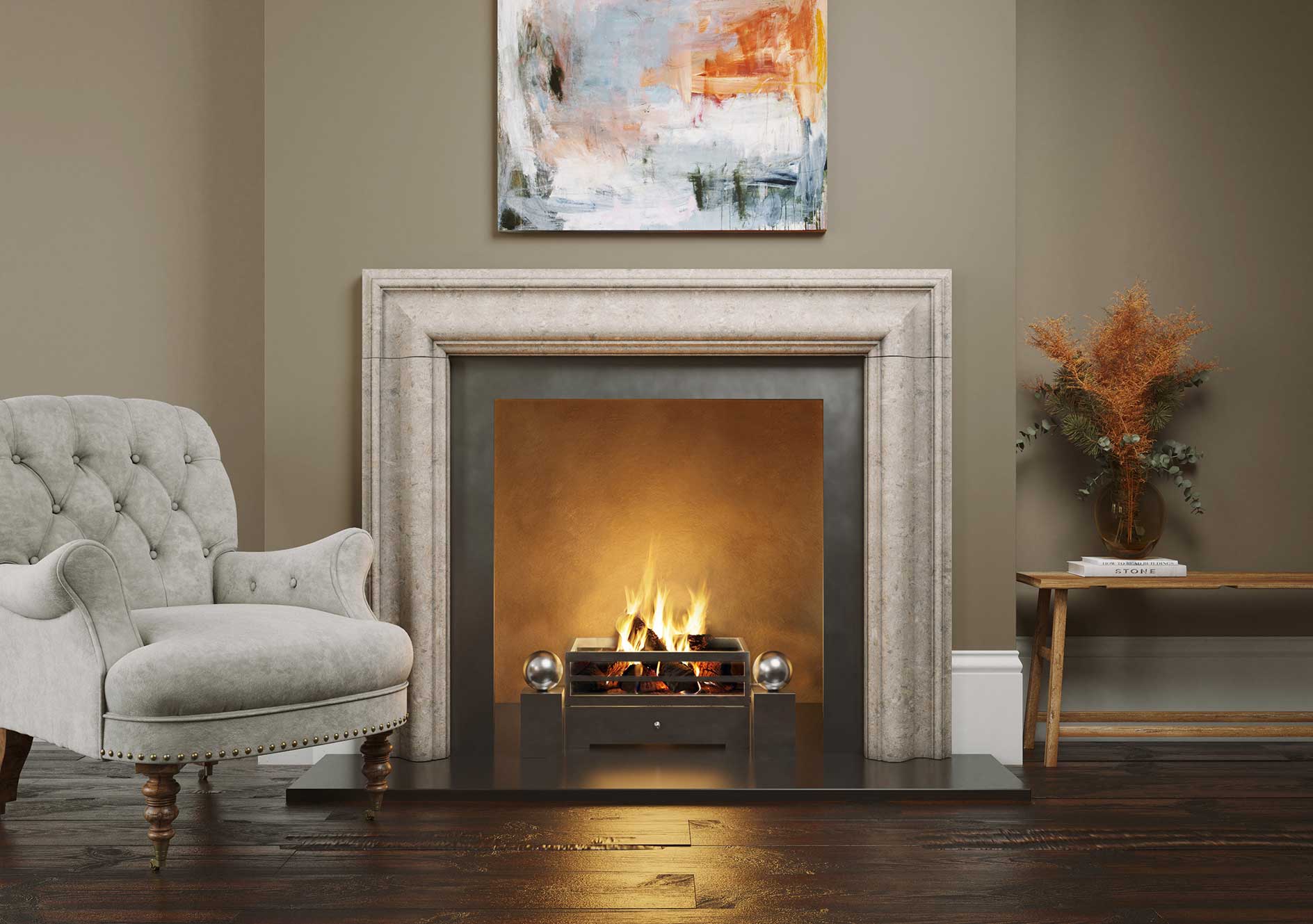
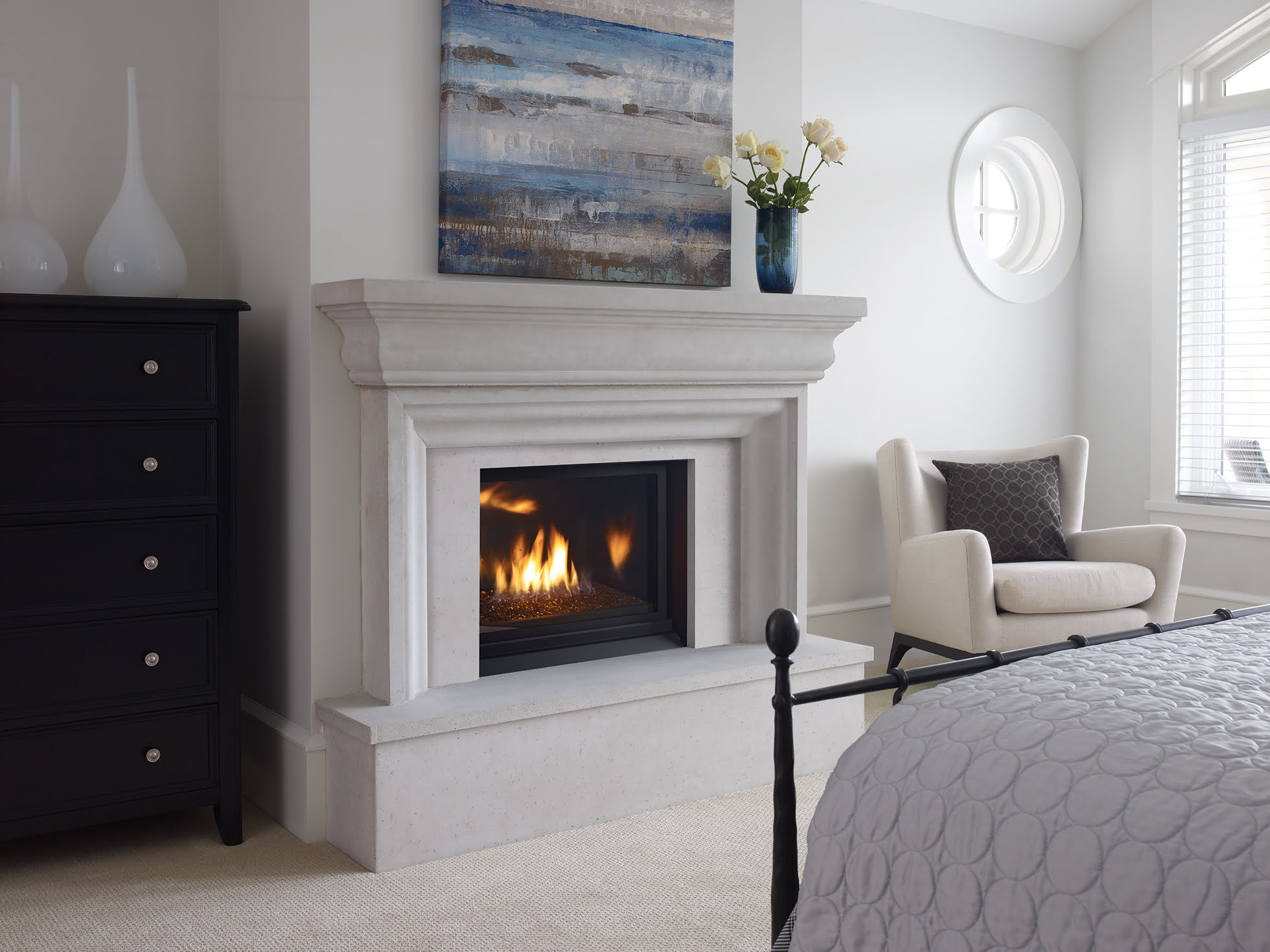
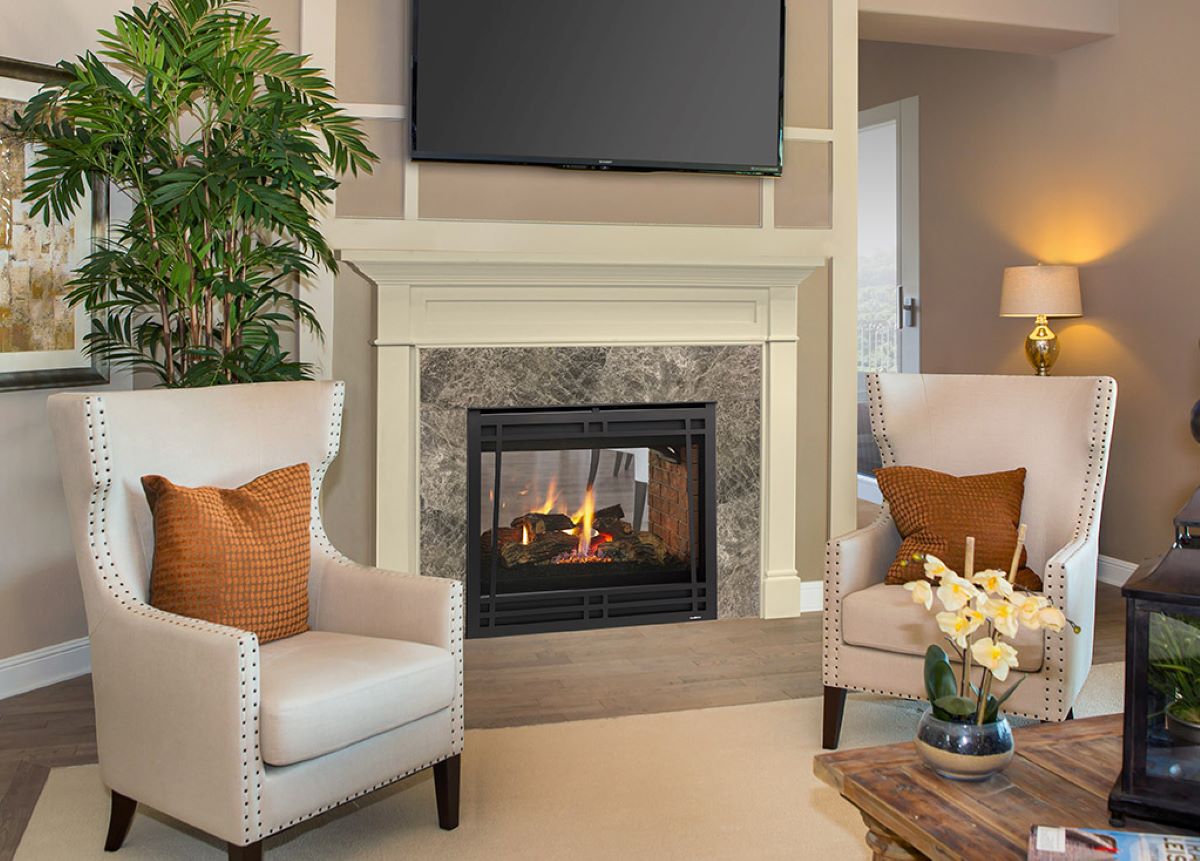
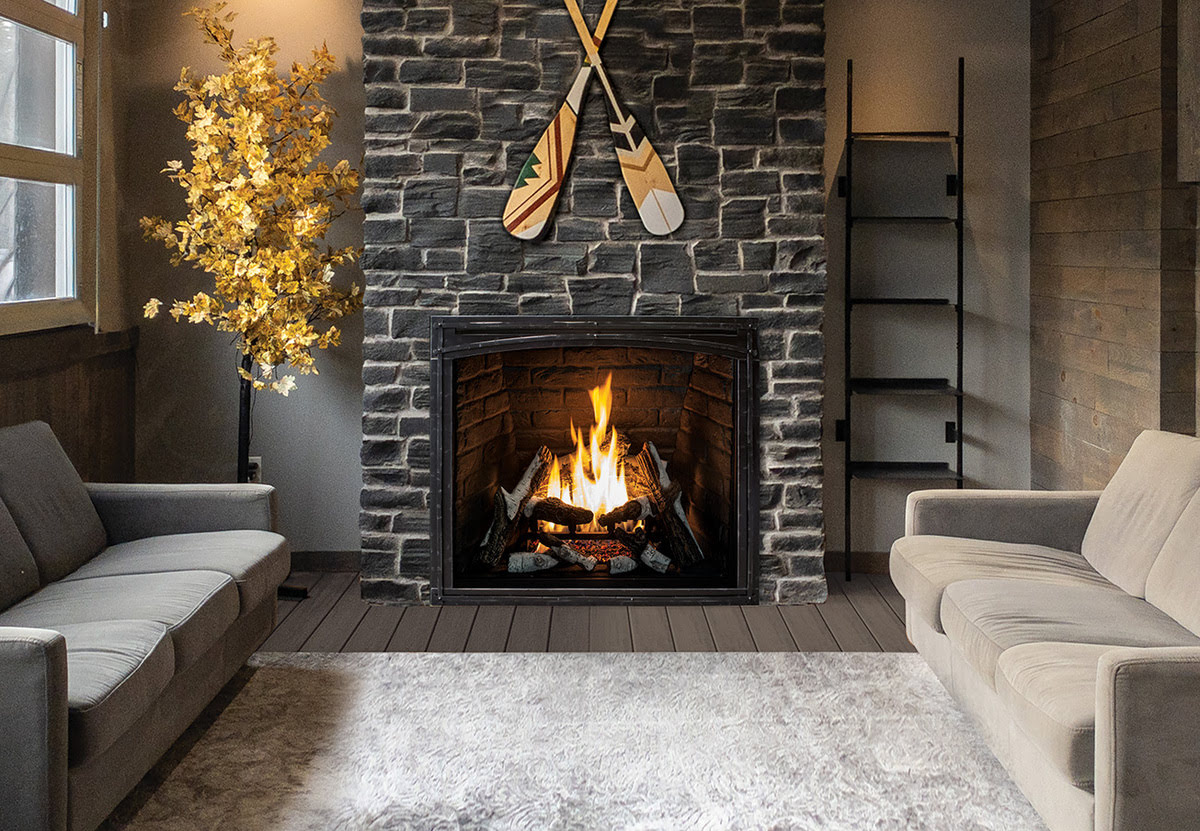
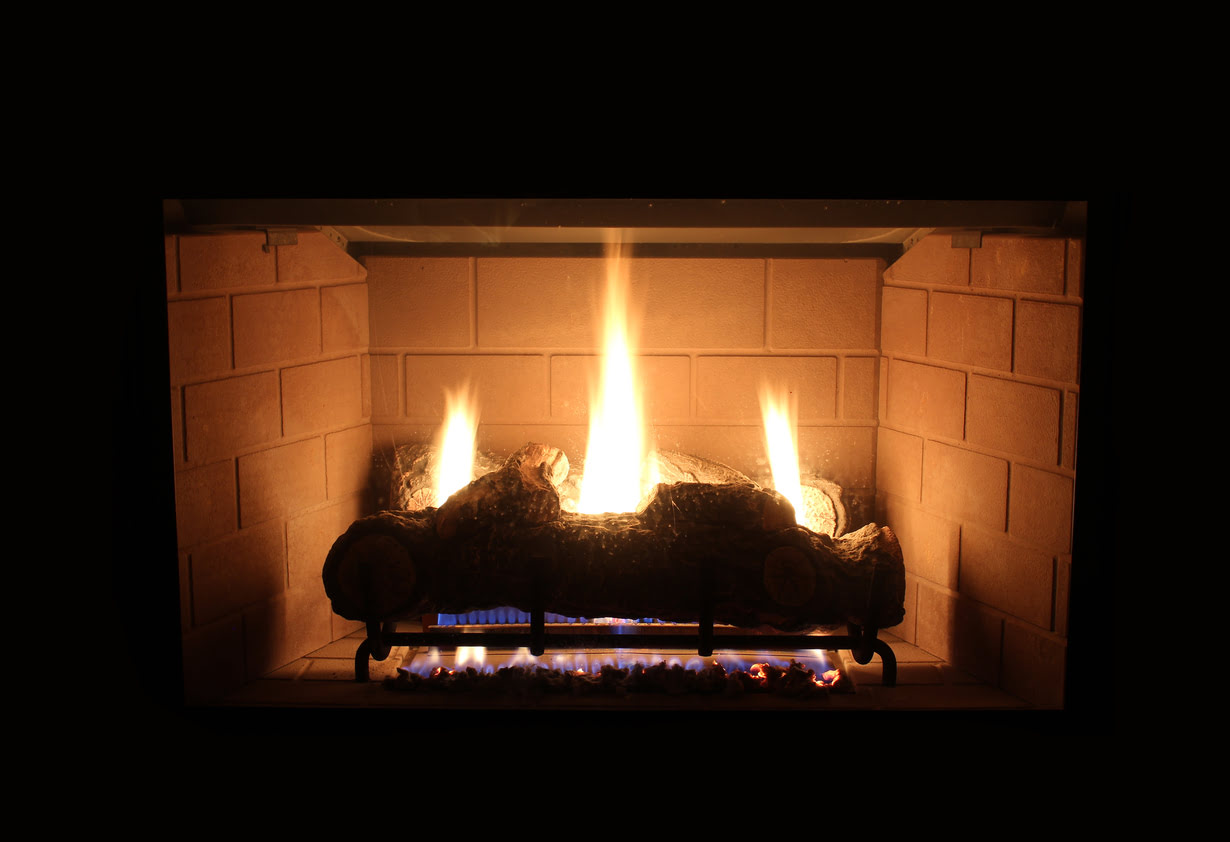
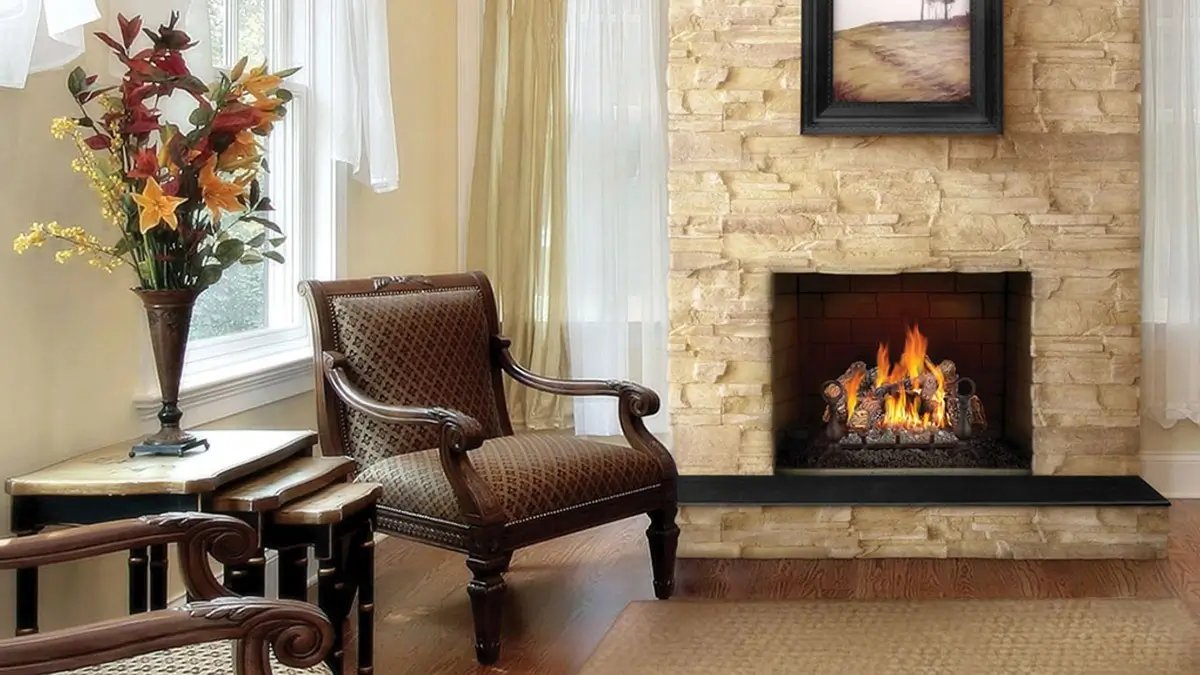
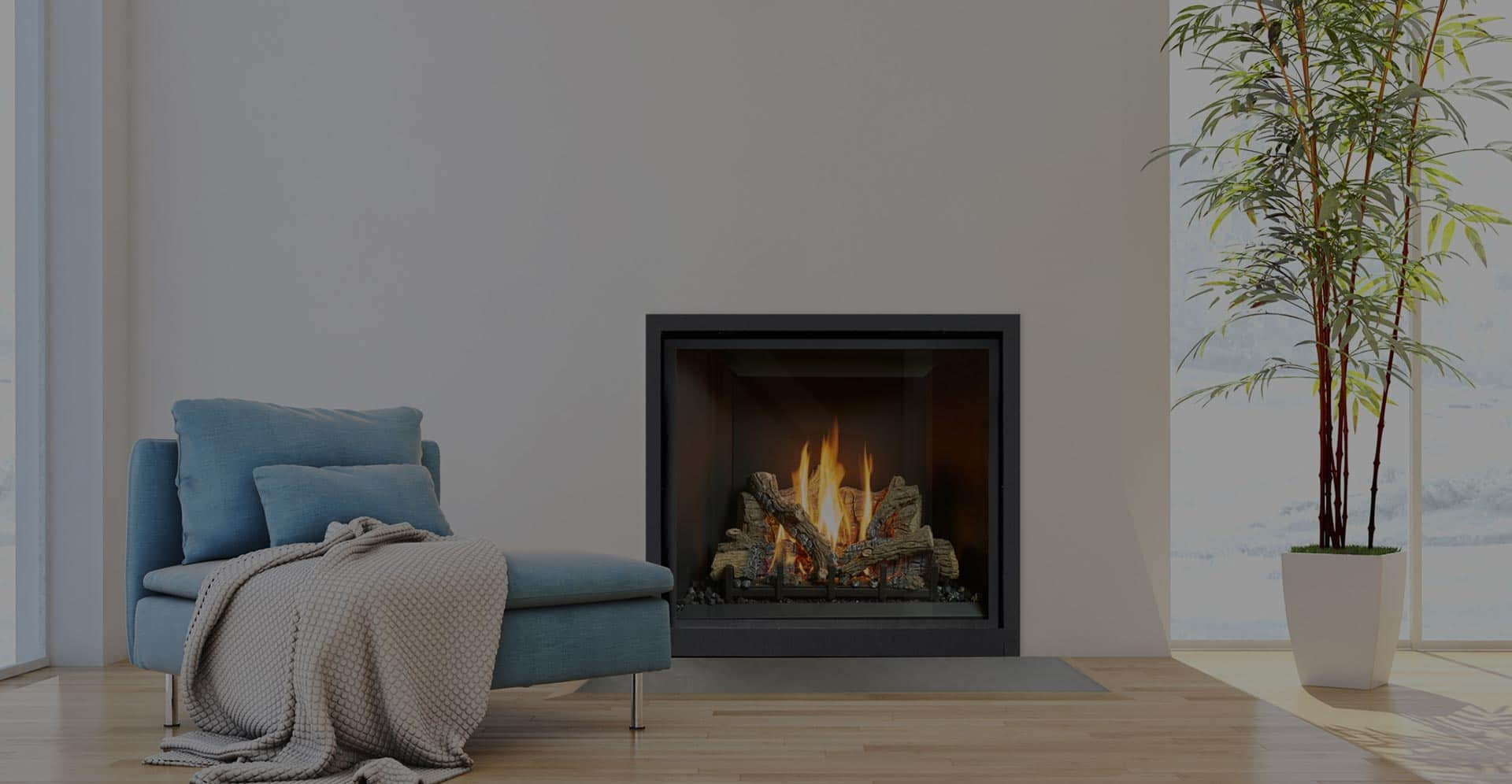
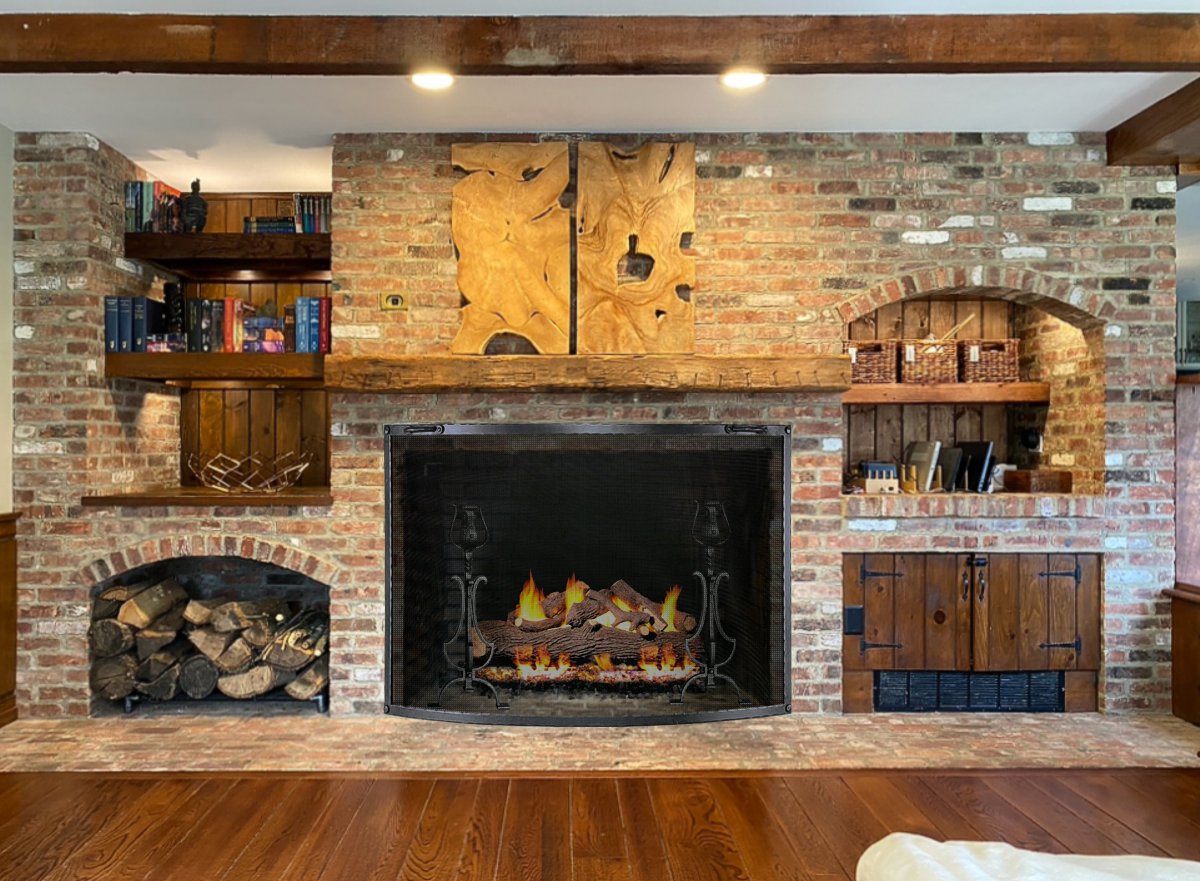
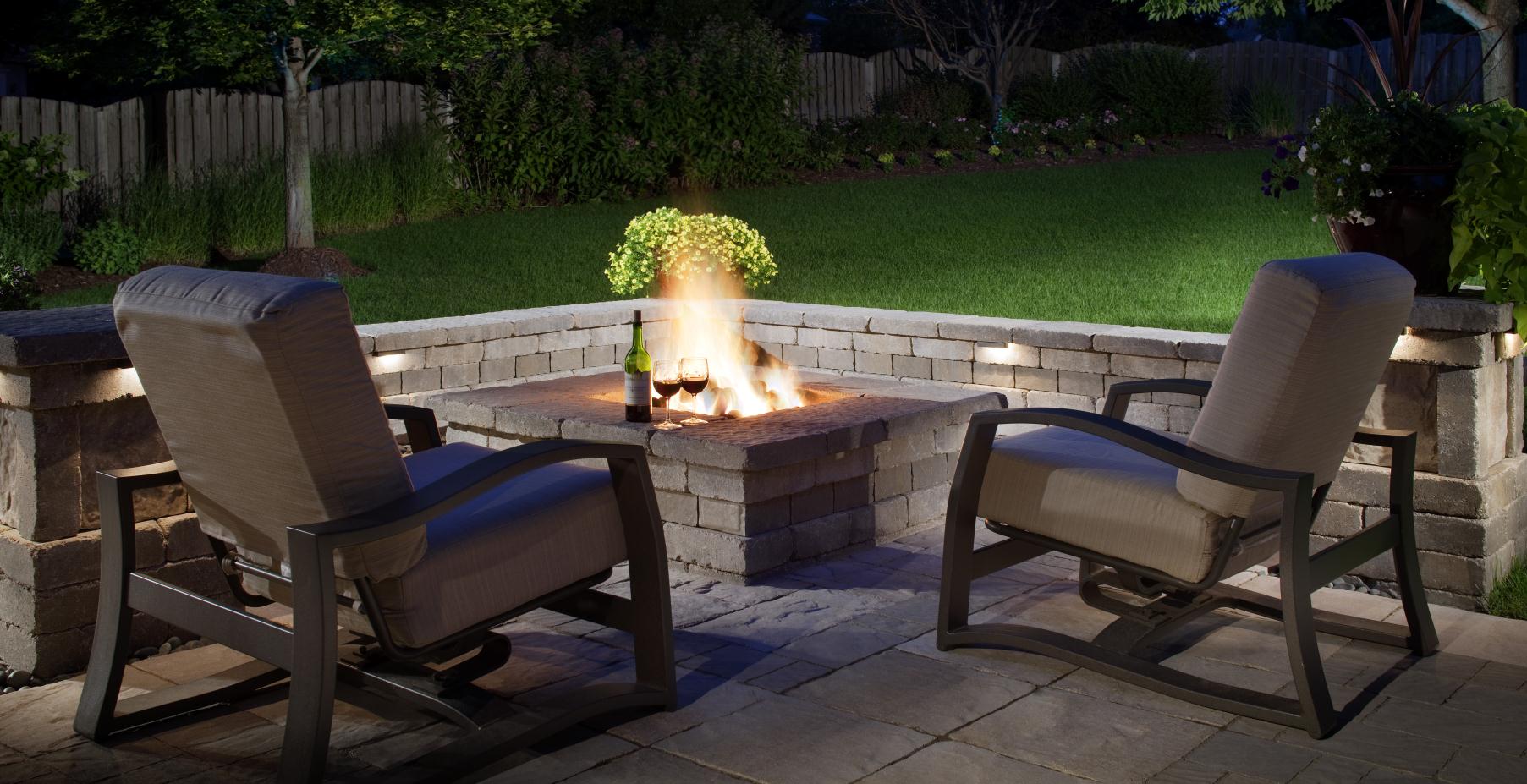

0 thoughts on “How To Use Gas Fireplace”